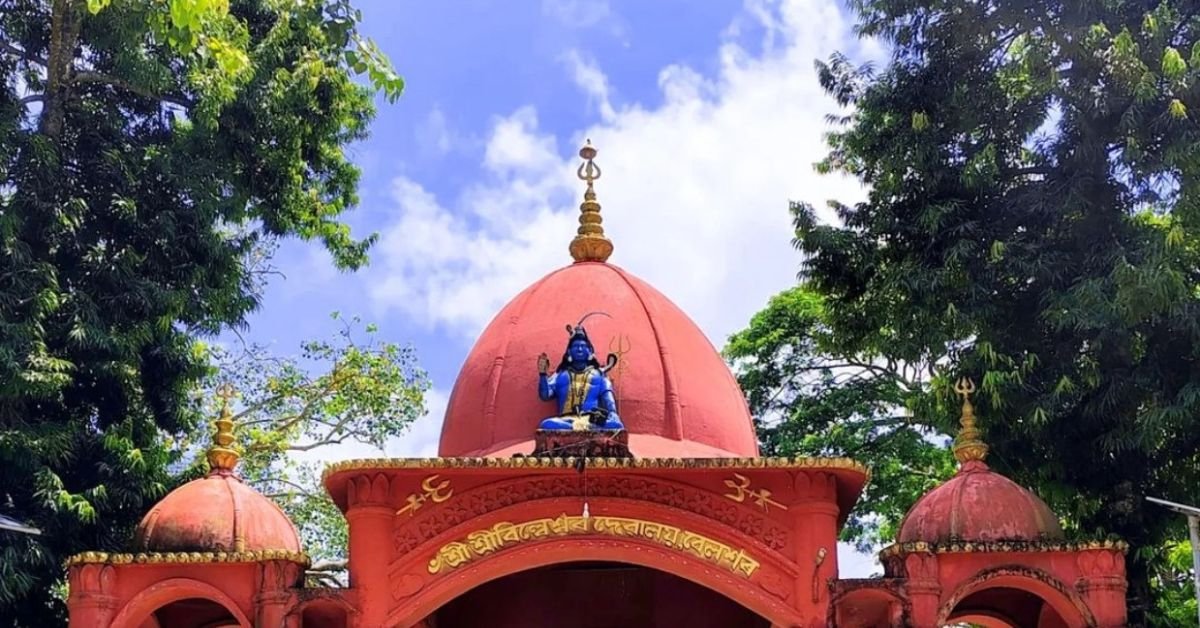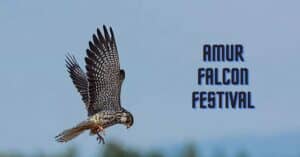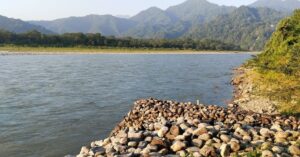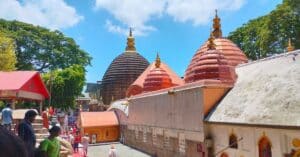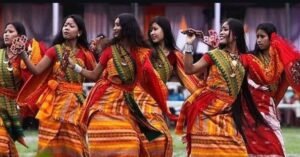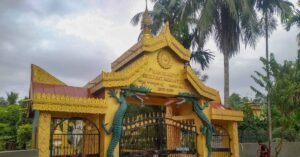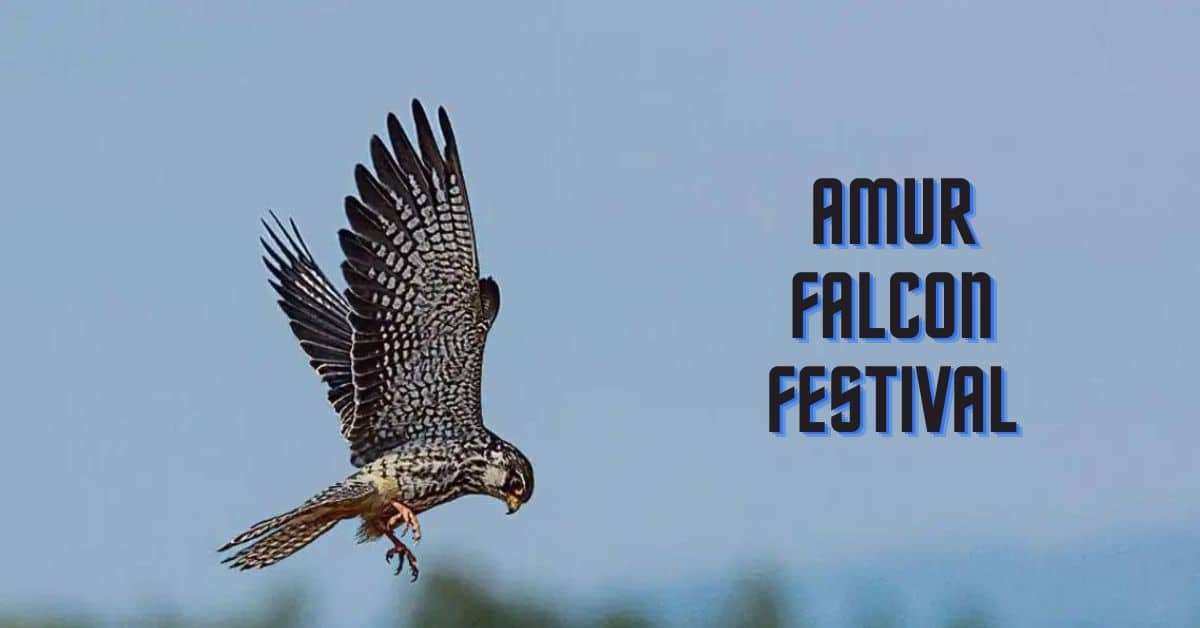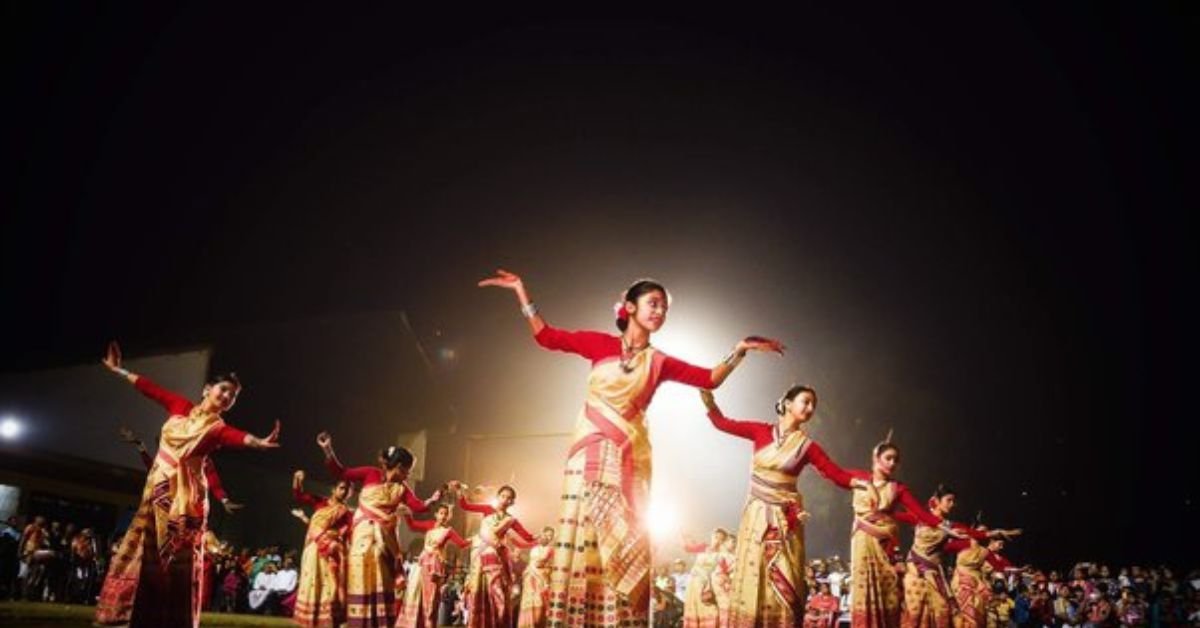Bilweswar or Billeswar Devalaya, an ancient Hindu temple dedicated to Lord Shiva, holds deep historical significance but remains relatively unknown to many. Devalaya is an Assamese compound word that means ‘Home of God or Goddess. It literally means Temple or a math (shrine). Located in Belsor, just 10 kilometres west of Nalbari town, this Shakti Peeth has a rich heritage waiting to be discovered. In this blog, we’ll take you through the fascinating history of Billeswar Devalaya, the sacred rituals and vibrant festivities celebrated here, and provide a comprehensive guide on how to visit this hidden gem.
Though it is known as Billeswar Devalaya, its actual meaningful name is Bilweswar.
What is the meaning of Bilweswar?
It is an Assamese compound word combining Bilwa (wood-apple) and Iswar(god) that means the Lord of Wood Apple(Shiva). The legend related with the Devalaya supports the another derivation of the word Bilweswar. According to it, Birina+Ishar> Birineswar>Bilweswar means the Lord of Birina(Reed Grass).
The Folklore That Shaped the History of Billeswar Devalaya
According to oral tradition, in ancient times, a Brahmin named Rup Narayan Dev owned a milch cow that would mysteriously shed its milk over a birina grove on a nearby mound but refused to be milked at the Brahmin’s home. Intrigued by this strange occurrence, the Brahmin decided to investigate and dug into the mound, where he discovered a Shivalinga. From that moment, devotees have believed it to be a true Shivalinga. The locals then built a math around it and began to worship at that place.
The spot where the Shivlinga was found was called Birreshwar. Then the name transformed to Billeswar and finally now it is called Belsor (the place where the temple is situated).
It is also said that the Shivalinga of Billeswar Devalaya is immovable, as even the strength of an elephant could not lift it from the ground.
Who Built The Devalaya
There is a Sanskrit sloka regarding the construction of the temple: “Adou Rama Tato Bedah Abdhi Chandra Sake Yatha Nirmitang Ihamalayam Shree Shree Nagendra Bhupate.” According to the sloka, king Nagaksa or Nagasankar (who ruled Pratapgarh of Sonitpur) built the temple in 252 AD. After that, various kings of different dynasties had been contributing to the development of the temple from time to time.
According to archaeological documents, the temple is the oldest among all the temples of Assam and was repaired and rebuilt in 1521 AD by King Naranarayan of the Koch dynasty donated large tracts of land to the temple.
Kings of the Ahom dynasty also contributed from time to time to the development of the temple and donated land. After the demise of Swargadeo Siva Singha, Swargadeo Lakshmi Singha took necessary steps to repair the crumbling ‘Math’ on the temple premises. A stone plate indicating this development is still visible in the temple campus.
In the modern era, successive governments, including the present one, sanctioned financial aid now and then for the overall development of the temple premises.
What’s Inside the Billeswar Devalaya?
The main place of worship in Billeswar Devalaya is the math constructed surrounding the Shivlinga. It is the main place of worship. A huge gathering of devotees bow their heads in front of the Shivalinga here in the month of Shravan (July-August). The chief deity worshipped in Bilweswar Devalaya is Maharudra Shiva.
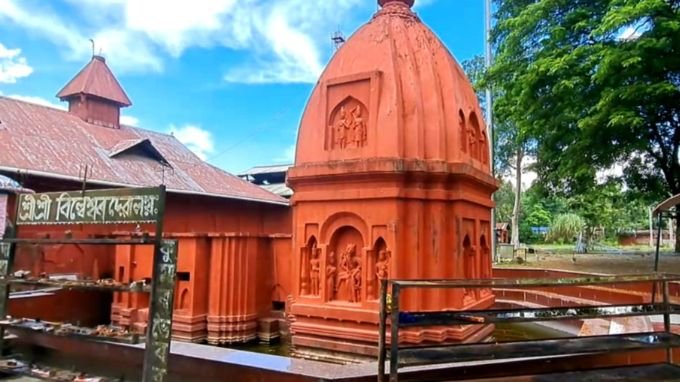
A pond on the temple premises serves as another attraction for the tourists. The pond in the temple campus is called ‘Dewan Pukhuri’, which was the name of Naranarayan’s brother Chilarai, who was also known as Chilarai Dewan.
Festivals in Billeswar Devalaya
Most of holy Hindu festivals of the year are celebrated here in this temple. In particular, Durga Puja is celebrated here in a festive manner every year with a 10- day programme (Navaratri Puja), and devotees come here from all over Assam. Following ancient religious tradition, devotees sacrifice buffaloes, goats, etc., in front of Goddess Durga, especially during Saptami, Astami and Navami in the presence of a huge gathering of devotees. This Durga Puja tradition started in the temple from the reign of Swargadeo Siva Singha. The most interesting fact is that there is no idol of Durga for worship and offerings are presented in front of a banana plant.
Besides, the Bhatheli festival of Bilweswar Devalaya is observed during the month of Bohag (April).
Best Time to Visit
The best time to visit Billeswar Devalaya is during Durga Puja in mid-October when the temple comes alive with vibrant festivities. Located just 60 kilometers from Guwahati, the temple is easily accessible within 1 to 2 hours via the well-connected four-lane NH 32. From Guwahati you can avail several state-run and private buses that take you to Billeswar Temple, Nalbari.

